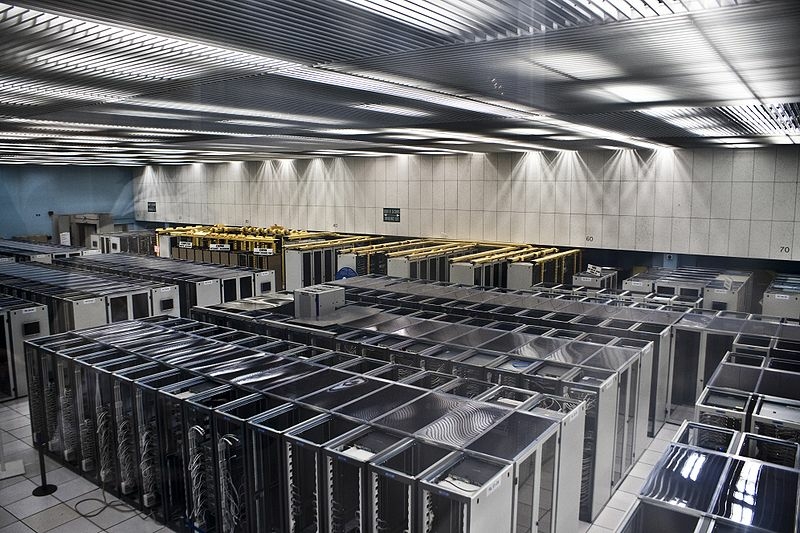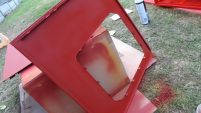
It’s no secret that we live in an age dominated by information and technology. The trouble with living in a digital world is that it’s easy for people to spy on what other people are up to! Data theft is a common problem in today’s modern world, especially when privacy laws get breached by third parties.
If you have a website, it’s likely you have a part of it where sensitive data gets stored. For the most part, web hosts follow data protection and privacy laws. But if you’re paranoid about privacy, should you host your website yourself?
Well, it’s an option that is open to you, although it’s one that is seldom taken by individuals and businesses. The thing about self-hosting a website is that you have to spend a lot of money doing so.
To be honest, it’s not something I would recommend you do. There are plenty of web hosts like CheapWindowsVPS that offer the services you need while maintaining the protection and privacy of your data.
Still, if you are adamant that you want to go down the self-hosting route, this handy guide will tell you all you need to know on the subject.
Internet connection
The first thing you need to do is invest in a high-speed Internet connection. You will need to pay for a leased line to the Internet, as you cannot use your existing ADSL or cable connection.
It’s usually against the ISP’s terms of service to host a web server on a standard domestic or business connection. And there is also the issue of speed. Most standard connections do not offer high upload rates.
That means your website visitors will have to wait around for your site pages to load up! Expect to pay at least $1,000 a month for a leased line suitable for web hosting purposes.
Hardware
The next thing you need to spend money on is a suitable system capable of running a web server. Any computer can run a web server. But, if you want a system that can serve thousands of visitors at once, you need something that can pack a punch.
Web hosts tend to use blade servers that can get fitted into a rack. As you’re hosting just one website, you don’t need to go that far. You can fit enterprise-grade server parts inside a standard PC tower case. You just need to ensure that the form factor is compatible.
To ensure you don’t lose any data during hardware failure, you should set up a RAID array of two or more hard drives in your server. The drives you use should be hot-swappable so that no downtime is incurred when you need to install a replacement drive.
Typical costs for brand new server hardware are upwards of $2,000.
Software
Finally, you need to install an enterprise-grade operating system on your web server. Linux is the preferred choice for web hosts, and you can choose from many different flavours of the platform.



